The Ultrasonic Testing Market is currently characterized by a dynamic competitive landscape, driven by technological advancements and increasing demand for non-destructive testing (NDT) solutions across various industries. Key players such as GE Inspection Technologies (US), Olympus Corporation (JP), and Mistras Group Inc (US) are strategically positioned to leverage innovation and regional expansion to enhance their market presence. These companies are focusing on developing advanced ultrasonic testing equipment that integrates digital technologies, thereby improving inspection accuracy and efficiency. Their collective strategies not only foster competition but also contribute to the overall growth of the market, as they push the boundaries of traditional testing methodologies.
In terms of business tactics, companies are increasingly localizing manufacturing and optimizing supply chains to respond swiftly to market demands. The Ultrasonic Testing Market appears moderately fragmented, with several players vying for market share. However, the influence of major companies is substantial, as they set industry standards and drive technological advancements. This competitive structure encourages smaller firms to innovate and differentiate their offerings, thereby enhancing the overall market dynamics.
In August 2025, Olympus Corporation (JP) announced the launch of a new line of portable ultrasonic testing devices designed for field applications. This strategic move is significant as it addresses the growing need for on-site testing solutions, particularly in industries such as oil and gas, where rapid assessments are crucial. By enhancing portability and ease of use, Olympus aims to capture a larger share of the market, appealing to customers who require flexibility in their testing processes.
In September 2025, Mistras Group Inc (US) expanded its service offerings by integrating artificial intelligence (AI) into its ultrasonic testing solutions. This integration is pivotal, as it allows for real-time data analysis and predictive maintenance, thereby improving operational efficiency for clients. The adoption of AI not only positions Mistras as a leader in technological innovation but also aligns with the industry's shift towards data-driven decision-making, enhancing its competitive edge.
In July 2025, GE Inspection Technologies (US) entered into a strategic partnership with a leading software firm to develop cloud-based ultrasonic testing solutions. This collaboration is expected to revolutionize data management in NDT, enabling seamless integration of inspection data with enterprise systems. By focusing on digital transformation, GE aims to enhance customer experience and streamline operations, which could potentially set new benchmarks in the industry.
As of October 2025, the Ultrasonic Testing Market is witnessing trends such as digitalization, sustainability, and the integration of AI technologies. These trends are reshaping competitive dynamics, as companies increasingly form strategic alliances to enhance their technological capabilities and market reach. The shift from price-based competition to a focus on innovation, technology, and supply chain reliability is becoming evident. Moving forward, competitive differentiation will likely hinge on the ability to deliver advanced, reliable, and efficient testing solutions that meet the evolving needs of diverse industries.

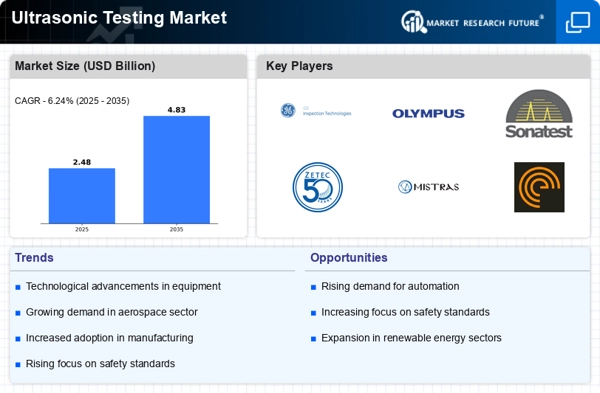
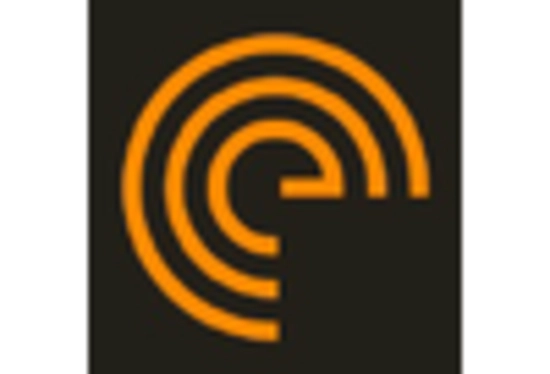
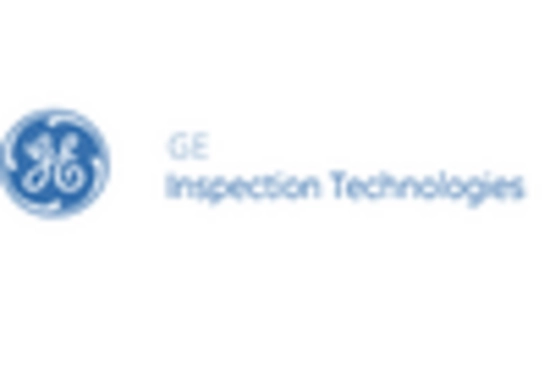
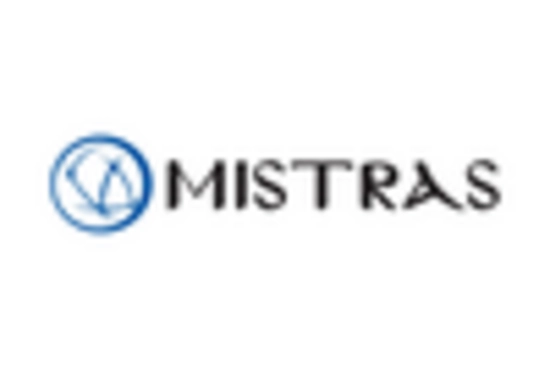
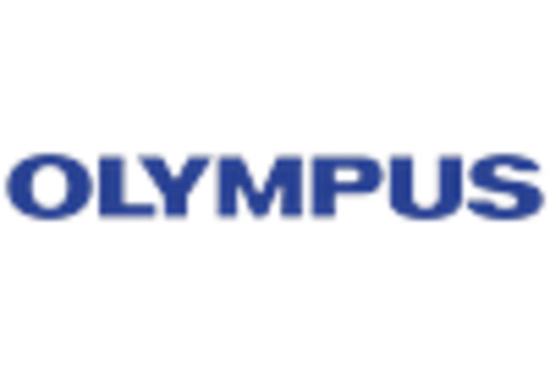
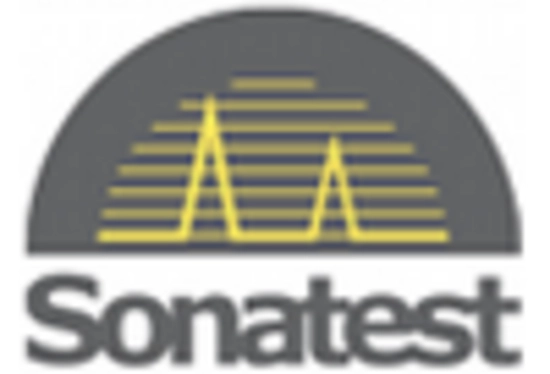
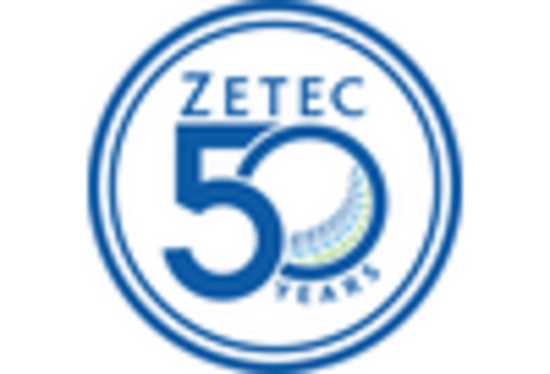








Leave a Comment